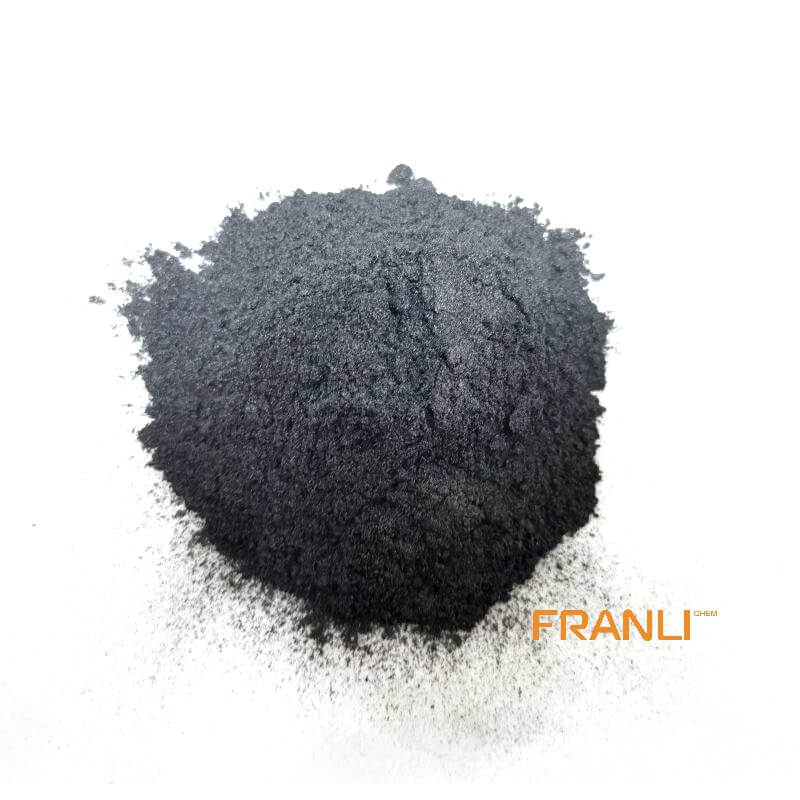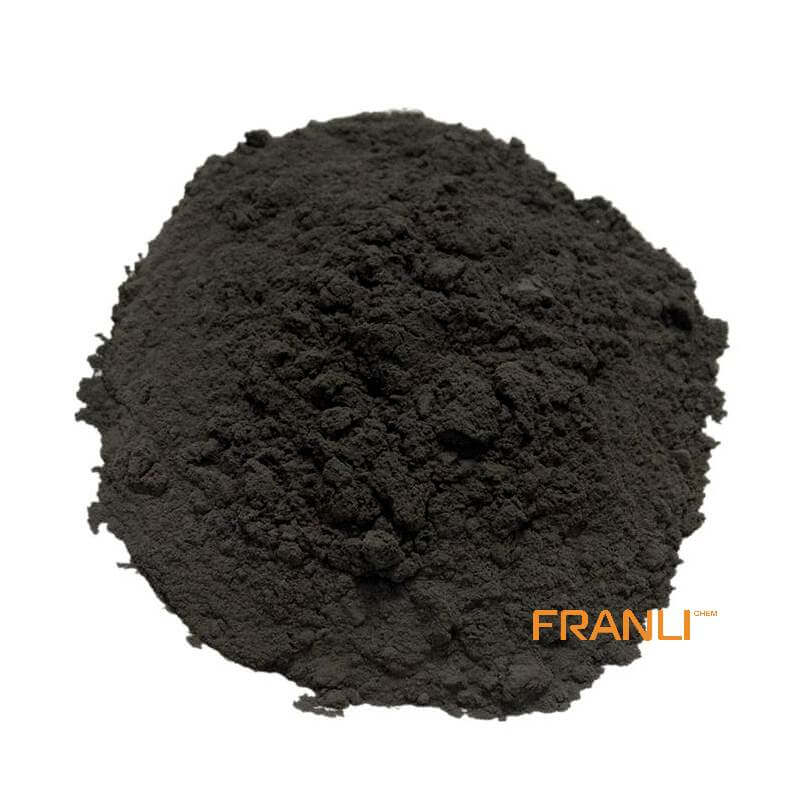

Amorphous Graphite
Size
45μm, 75μm, 150μm, etc
Package
25kg small bags into ton bags or ton bags
Origin
China
Features
Under high temperature conditions, it has special oxidation resistance, etc
Application
Casting coatings, oil field drilling, battery carbon rods, steel, casting materials, refractories, dyes
It is an aggregate of amorphous graphite. The crystal form can be seen only under the electron microscope. Amorphous graphite ore is gray black and steel gray, generally dull, with dense massive, earthy, layered, and lamellar structures. This kind of graphite lacks luster, its lubricity is lower than that of flake graphite, and its selectivity is poor. However, the grade is high, the carbon content is generally 60% ~ 80%, a few are up to more than 90%, the ash content is 15% ~ 22%, the volatile content is 1% ~ 2%, and the moisture content is 2% ~ 7%.
Request a quote
In January, the mainstream price of 80% and 200 mesh/ball of amorphous graphite in Hunan was 1700-2100 yuan/ton, of which the high price was increased by 200 yuan/ton; 75%, 200 mesh/grain mainstream price 1550-2000 yuan/ton, up 50-300 yuan/ton (the above prices are cash ex-factory prices excluding tax).
As the pre-production enterprises are under pressure to move forward, they can no longer stand the rhythm of rising smelting costs, so they take the step of price adjustment. The overall price increase of Amorphous graphite enterprises is mainly due to direct reasons such as the rise of raw materials and process smelting costs. According to the survey of refractory window.com, most enterprises feedback that the customary prices of small earth graphite enterprises will rise in winter. Under the background hype of environmental protection, the pace of price adjustment is slightly slower than that of the same period last year.

Air pollution prevention and control in autumn and winter. Various industrial enterprises actively implement the staggered peak production system. “Coal to gas” and “coal to electricity” are other new measure. They are an effective means to improve air quality in China. In the long run, they are also the only way to promote clean energy and optimize environmental governance. Although there have been policies to promote new energy earlier, the local policies are unclear and have not been fully implemented. According to local production enterprises in Hunan, due to the imperfect equipment of “coal to gas”, it is impossible to carry out in-depth implementation. Only “coal to electricity” or new clean coal resources can be used for smelting. In addition, the smelting cost of “coal to electricity” is much higher than expected, the disadvantages are gradually exposed and are not recognized by enterprises, and then point the spearhead at new energy again.
In addition, amorphous graphite has long been dominated by old customers. Based on environmental protection, raw materials, and energy constraints, there are few industrial expansions and new production capacity, and the inventory is scarce and normalized.
In November 2017, the export volume of amorphous graphite (85459000 graphite or carbon products for other electrical equipment) reached 1056.26 tons, a year-on-year increase of 11.3%, and the export amount reached the US $6.0769 million, a year-on-year increase of 79.8%. Customs data show that domestic Amorphous graphite is mainly exported to the United States, India, Myanmar, and other countries, and its export volume in November was 234.34 tons, 136.39 tons, and 94.12 tons respectively.

Amorphous graphite has a deep degree of deterioration. It belongs to high-quality microcrystalline graphite. Most of it is graphite carbon. Its color is rigid gray, metallic luster, soft, Mo color, hardness 1-2, specific gravity 2-2.24, stable chemical properties, free from strong acid and alkali, less harmful impurities, low content of iron, sulfur, phosphorus, nitrogen, molybdenum, and hydrogen, high-temperature resistance, heat transfer, conductivity, lubrication, and plasticity. It is widely used in casting, coating Batteries, carbon products, pencils and pigments, refractories, smelting, carburizing agents Protective slag, and other specifications: it is divided into “wt” – with iron requirements (commonly known as “electric carbon”) and “W” – without iron requirements (commonly known as “casting”). The main products include graphite ball, graphite powder, graphite particle, and graphite sand. According to the fixed carbon content, it is divided into 8 grades: 65, 70, 75, 78, 80, 83, 85, and 88. The fineness of graphite powder is divided into 45, 75, and 150um (equivalent to 325 mesh, 200 mesh, and 100 mesh respectively)
In the foundry industry, when graphite is coated on the surface of a solid, a smooth film with firm adhesion can be formed, which is the good coating performance of graphite, It is a good casting film remover. The commonly used graphite powder for casting includes crystalline graphite powder (flake graphite powder) or aphanitic graphite powder (Amorphous graphite powder, also known as microcrystalline graphite powder and black lead powder). So far, many small township factories that manually shape and produce small thin-walled parts do not add pulverized coal into the molding sand but brush Amorphous graphite powder on the surface of the green sand mold with a soft brush, and the casting surface is quite smooth. Although the graphite powder does not form bright carbon when pouring molten iron, the wetting angle of graphite to molten iron is far greater than 90 °, that is The sand mold is not wetted by molten iron. Moreover, the pores on the surface are blocked by earth rock toner, and the molten iron is not easy to penetrate and drill into the sand particles, which can prevent the sand from sticking from the casting and improve the surface smoothness of the casting. Graphite powder has good lubrication, which improves the compactness and fluidity of molding sand, reduces the air permeability, reduces the ejection resistance of samples, and improves the molding performance of molding sand.
Amorphous graphite is widely used in casting coatings, oil field drilling, battery carbon rods, steel, casting materials, refractories, dyes, fuels, electrode paste, and as ingredients for pencils, electrodes, batteries, graphite emulsions, desulfurizes, preservatives, antiskid agents, smelting carburizing agents, ingot mold powder, graphite bearings, and other products.



